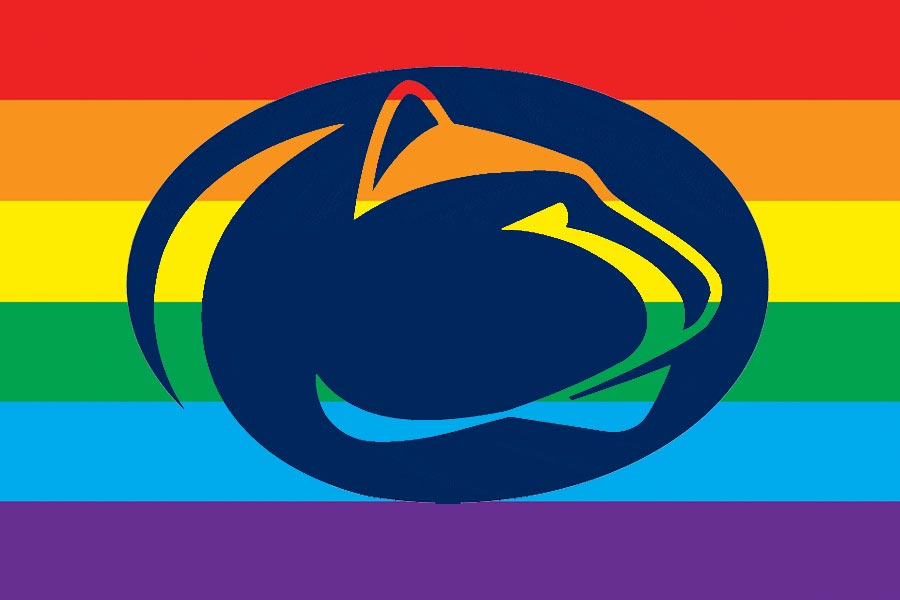Kate Kane sports a close-cropped bob in her daily life but long locks as her alter ego, Batwoman. She gets expelled from West Point after coming out and later dances in a tux with a woman at a ball.
“I thought the creative team was trying to cover all their bases, trying to make her ultra femme and butch, an every-woman lesbian,” said Rebecca Jonas, a student at Penn State Berks. She will present her research on Batwoman this week at the annual convention of the Eastern Communication Association. This year’s event takes place in Baltimore with the theme of [R]evolution.
Jonas looked at “Batwoman: Elegy,” which came out in 2010 and reimagined Kane as a Jewish lesbian. Greg Rucka wrote and J.H. Williams III illustrated the run. The character is considered the highest-profile gay superhero in the DC universe.
Jonas, who is bisexual, started studying Batwoman in the fall for a class on research in comic-book culture taught by Dr. Cheryl Nicholas, the 2015 recipient of the Commission on LGBT Equity’s Outstanding Service Award.
“The topic of queerness arose because we talked about it,” said Nicholas, whose own research focuses on Malaysian Muslim lesbians. “The students recognized it as an issue in society in general. When we talk about what’s missing in the literature, it’s easy to go into that space.
“Queer theory is in everything I teach,” she continued. “How can it not be? It’s undeniably the lens through which I see the world.”
Two other students from Nicholas’ class will participate in the communication convention this week: Karissa Smith and Jordan Smith. Their paper looks at recasting Thor as a female character and its broader implications on gender in comics.
Jonas met Rucka at New York Comic Con last year and interviewed him about his intentions with Batwoman. She said she was especially sensitive to bisexual invisibility in media. Rucka told her that he wanted Batwoman to be a lesbian because she was a groundbreaking character for comics. Rucka said he didn’t want readers to question if Kane was really straight and just messing around with women as an experiment.
Kane’s confidence as an open lesbian was a selling point among readers, Jonas found.
She formed several focus groups last year with women who identified as being attracted to other women. Jonas wanted to know: How would readers respond to a lesbian character that wasn’t written by a lesbian? She asked the women if they could relate to Batwoman and if they were proud of her.
Jonas said one criticism was the fact that so many other female characters in the comic fawn over Kane.
“It’s difficult to find other queer people who are interested in you,” Jonas said.
She added, at the convention, she hopes to foster discussion about LGBT characters with both consumers and producers of media.
“I want to see a wider range of LGBT characters,” Jonas said, but noted, “Batwoman is a great starting point. Any character that builds on what they did with Batwoman is moving in the right direction.”

